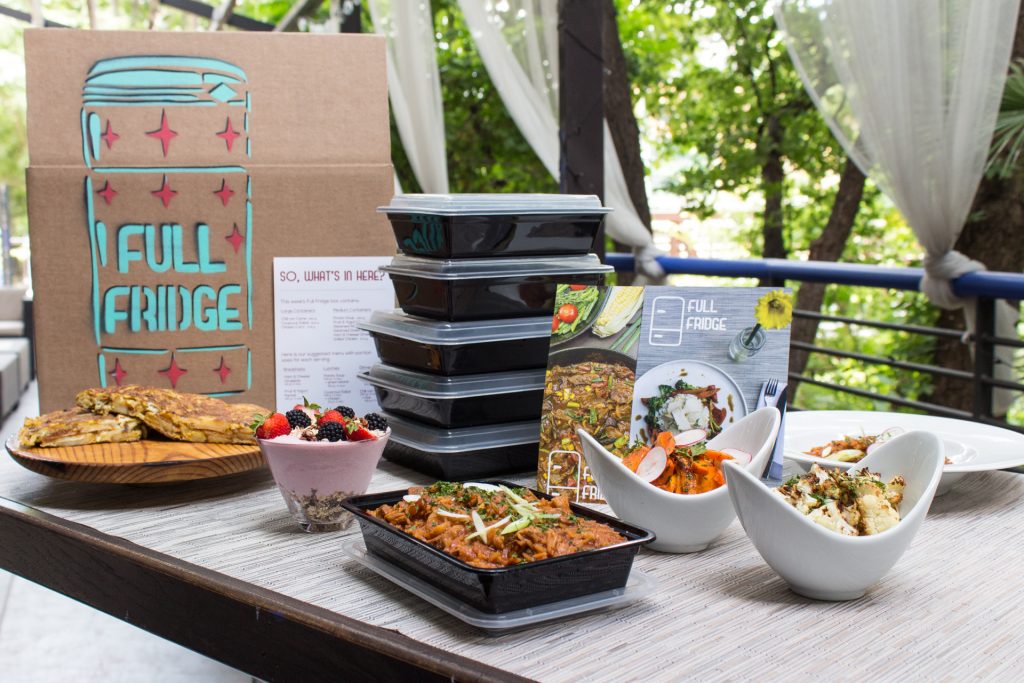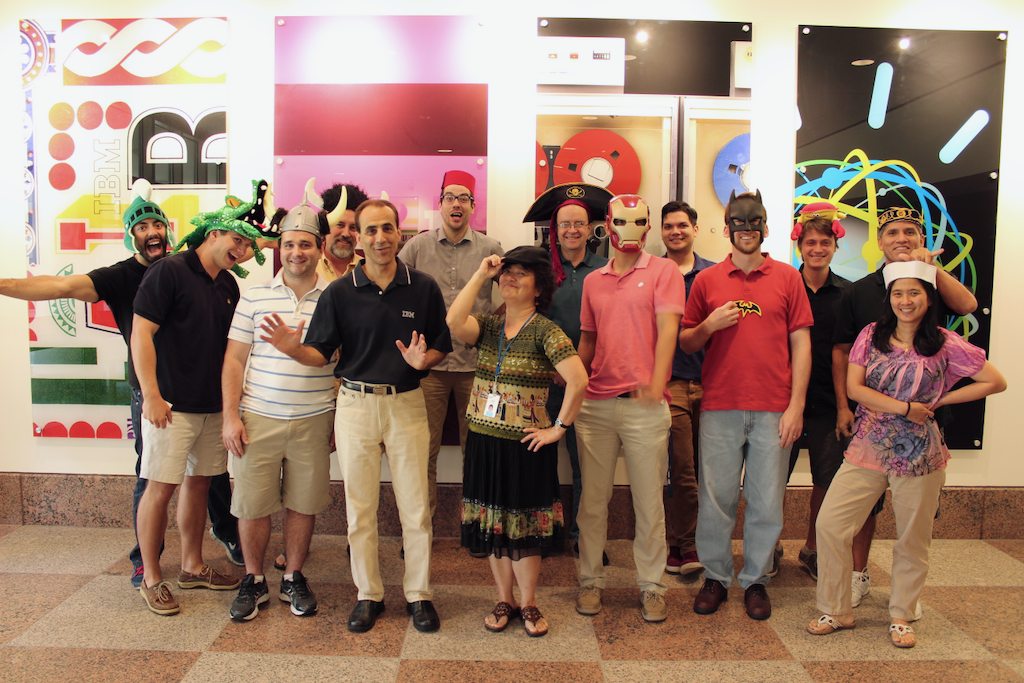Professional Journey
My engineering career began in 2011 when I joined IBM as a Product Engineer, handling both Hardware and Firmware. My initial role involved supporting and troubleshooting the POWER7 architecture servers. While at IBM, I created a VBA program to interpolate data in a 100,000-row database, which, although inefficient, proved incredibly effective. This accomplishment led to my manager referring me to the WebSphere Application Server team in the building across the street. Working with the Systems Management team and a group of exceptionally talented individuals, I acquired valuable mentoring and learned software best practices that still guide me today.
In 2015, I co-founded Tastegraphy along with two fellow IBM colleagues. This platform aimed to catalog taste preferences from users, offering personalized dish recommendations for local restaurants in exchange. The collected data would be used to predict market trends, benefiting major food manufacturers investing heavily in research and development. At Tastegraphy, I held the roles of CTO, Backend Engineer, and DevOps Engineer. I designed an API-based Django backend, developed a machine-learning recommendation engine for gastronomical preferences (resulting in a published invention), and built a CI/CD pipeline on AWS.
Unfortunately, differences with one of the partners led to a pivot, resulting in the creation of my second startup, Full Fridge. Building on insights gained from Tastegraphy, we established a ready-made meal delivery service targeting the middle and lower-income market segments. In this venture, I served as CEO/CTO, Full Stack Engineer, and DevOps Engineer. I designed a suite of tools to streamline logistical and operational procedures, enabling us to maximize delivery radius based on real-time traffic data, cluster delivery routing, and optimize the end-to-end supply chain (including procurement, production, storage, and delivery). Regrettably, after almost two years and substantial capital invested in a lengthy due diligence process with an angel network for our Series A round, the acquisition of Austin-based Whole Foods by Amazon introduced too much risk for the investors.
Having contributed to the growth of Austin’s Food Tech startup ecosystem, my fearless co-founder and I decided to take one last shot at realizing our entrepreneurial dreams. We received seed funding from a group of investors to enhance the due diligence and deal management process for angel networks, leading to the creation of Sigma Lion. After a year of intensive research on entrepreneurial finance and investment, I developed a machine learning platform capable of parameterizing early and growth-stage startups across up to 500 metrics. Employing statistical methods such as dimensionality reduction, clustering, classification, and correlation analysis, this platform provided deal management and benchmarking to angel networks and their members. Furthermore, by measuring the behavior of the investors on the platform over time, Bayesian inference allowed for enhanced benchmarking and democratization of siloed investor knowledge. There persists a challenge of asymmetrical access to information for startups outside the common SaaS, fintech, and other popular startup market segments. Angel investors often prefer to invest in areas they are familiar with, as they believe it allows for better risk assessment. This leaves a cohort of companies competing for a smaller pool of capital from the few individuals who understand their niche space. Our pilot program was set to launch in March 2020, but the impact and uncertainty of the COVID-19 pandemic forced us to shutdown.
During the pandemic lockdown, I worked remotely as the VP of Engineering for Ads Inside, one of Facebook’s first 10 Marketing Partners for Technical Services. In this role, I created custom server-side “Pixel” integrations for over 20 e-commerce platforms, spanning checkout flows, product catalogs, and online inventories, using various programming languages, including Python, PHP, Ruby, Java, and JavaScript. I also architected, designed, and developed a full-stack Django and React platform known as Pixel Health. This platform enabled the tracking, management, and actioning of custom analytics related to e-commerce conversion events.
In 2021, I was approached by the VP of Engineering at Homebase, a San Francisco-based startup with over 300 employees, focused on building a platform for managing the shift-worker ecosystem for small business owners. During my tenure at Homebase, I led the Billing team through several crucial projects, which were both technologically complex and business-critical. By the time I left, I was responsible for the Core App Group, overseeing 21 engineers and an engineering manager, all contributing to the core functionality of the platform. In 2023, I departed Homebase in search of non-remote opportunities in Austin, Texas, within early or growth-stage startups, where I believe my experience and expertise can make the most impact.
In the meantime, I’ve been busy completing the construction of a 1965 Shelby Cobra replica, made this website, and wrote a “living handbook” on engineering leadership. Read my handbook →
Career History
Homebase
Role: Senior Engineering Manager
Responsibilities:
- Led a Billing Group for most of my tenure, responsible for the payment functionality, and then expanded to the Core App Group, responsible for the main feature set of the platform.
- Responsible for a diverse and globally distributed group of 21 comprised of backend engineers, frontend engineers, and an engineering manager.
- Performed as one of the primary hiring managers for the engineering department, conducting over 60 interviews of software engineers and engineering managers.
Highlights:
- Led the Billing Group through two major migration projects with zero impact on MRR and removed multi-year technical debt in the process.
- Directed two of the first cross-functional projects across departments (Engineering, Product, Customer Support, Marketing, Sales, Finance), which increased MRR by 22%.
- Served as fractional Tech Lead and Product Owner for a tactical and time-sensitive one-off project to meet a regulatory compliance.
Ads Inside
Role: VP of Engineering
Responsibilities:
- Architected, developed, and supported full-stack Python, Django, and Javascript tools to manage and act on custom analytics of +100M e-commerce conversion events.
- Implemented and supported custom API marketing server-side integrations in Python, PHP, Ruby, Java, and Javascript.
- Designed, developed, and supported a serverless Shopify app with AWS products.
Highlights:
- Custom “Pixel.Health” tool handled +100M e-commerce conversion events within 2 months.
- Acquired and managed 5 Latin America and European clients for the agency.
Product Develpment & Demo:


Sigma Lion
Role: CEO/CTO + Full Stack Engineer + DevOps Engineer
Responsibilities:
- Architected, developed, and supported an API-based Django/Python backend with a CI/CD pipeline in AWS, as well as co-designed and co-developed a front-end React app.
- Designed a parameterization procedure for cataloging early and growth-stage startups, based on latest entrepreneurial investment research.
- Developed a machine learning platform implementing several statistical techniques in TensorFlow.
Highlights:
- Raised seed funding from Texas fintech leaders and angel investors.
- Created a 3-tier benchmark-generation pipeline in TensorFlow using t-SNE to preprocess data, followed by K-means for clustering, and finally SVMs for classification and prediction.
- Developed a Slack-like chat using Django before it natively supported ASGI (<3.1) by leveraging NGINX/Daphne as a reverse proxy for WebSocket traffic. Read published how-to article →
In-Product Screenshots:



Full Fridge
Role: CEO/CTO + Full Stack Engineer + DevOps Engineer
Responsibilities:
- Architected, developed, and supported a suite of tools that allowed for precise logistical and operational procedures: Real-time traffic delivery radius maximizer, cluster delivery routing, and several bespoke end-to-end supply chain (procurement, production, storage) solutions.
- Managed and led a diverse cross functional team, including 3 partner executives, a VP of Marketing, and 2 college interns.
Highlights:
- Generated $230K in revenue from 800 customers while bootstrapping with $5K initial capital.
- Mentioned by National Geographic as one of the pioneers in food waste management within meal delivery.
- Runner-Up in WIRED’s Pitch Distilled competition.
Product & Pitch:

Tastegraphy
Role: CTO + Backend Engineer + DevOps Engineer
Responsibilities:
- Architected, developed, and supported an API-based Django/Python backend with a CI/CD pipeline in AWS, and co-designed the UI and UX of a Swift iOS app.
- Designed and published a patent for a machine-learning recommendation engine for gastronomical preferences.
- Led a team of 10 MBA students through collaborative projects in market validation, competitive analysis, and business model assessment.
Highlights:
- 50K iOS users within 3 months of launch.
- Accepted as one of 14 startups into the The University of Texas’ McCombs School of Business TVL Accelerator.
- Named of the “50 Top Austin Startups to Watch” by BuiltInAustin.
In-App Screenshots:



IBM
Role: Software Engineer + Hardware/Firmware Engineer
Responsibilities:
- Developed and provided support for the Systems Management team of IBM’s flagship application server, WebSphere.
- Troubleshooted and provided direct customer support for POWER7 servers.
Highlights:
- Co-authored a patent that allowed for “High Availability” in distributed cloud environments. This technology enabled WebSphere to increase revenue per client by $10M.
- Co-authored a patent that allowed for anonymous traffic routing in distributed cloud environments.
- Solo-authored a patent for automobile safety technology, which was later sold to Maplebear, Inc (Instacart).
Team:
